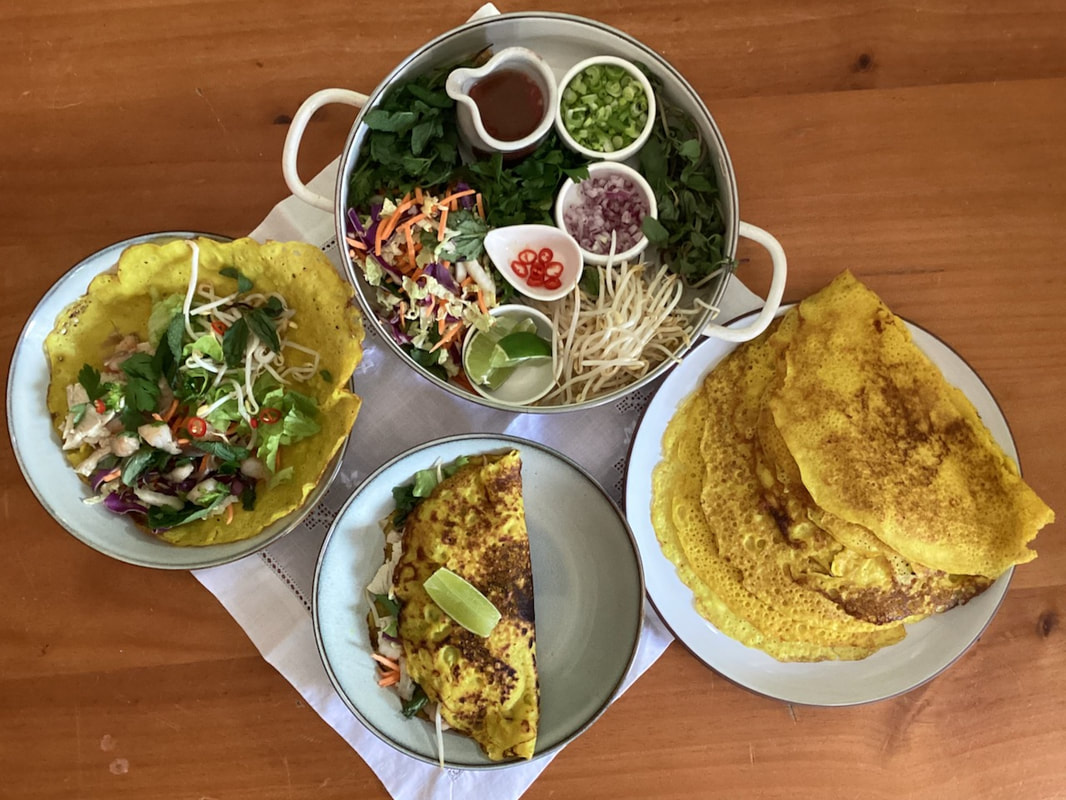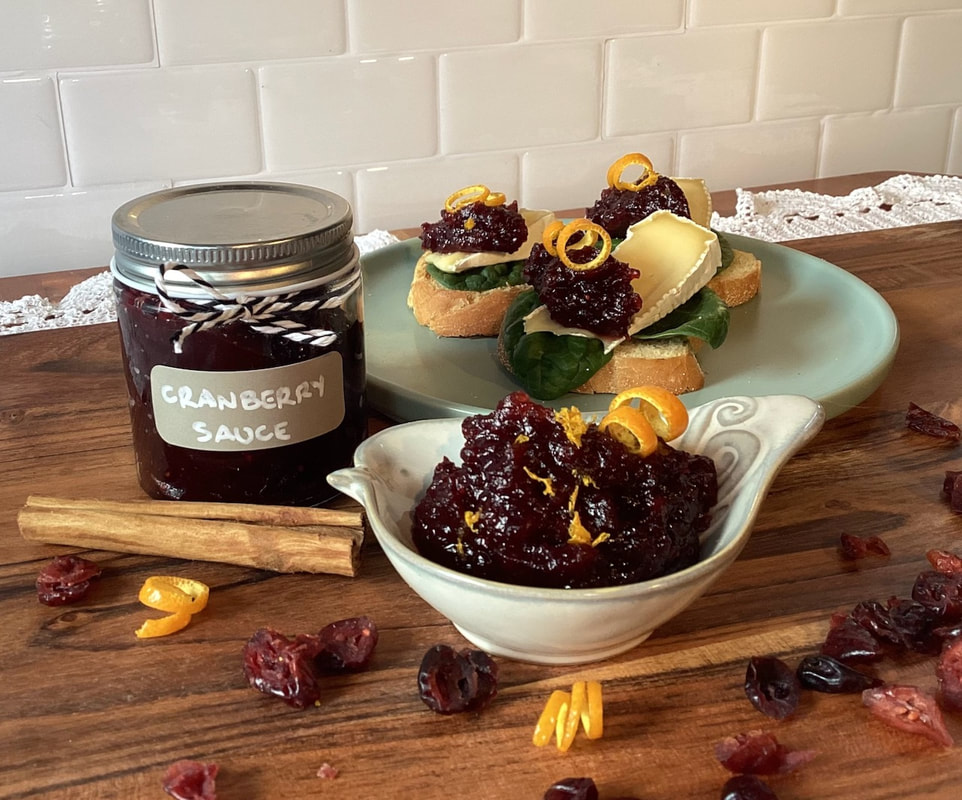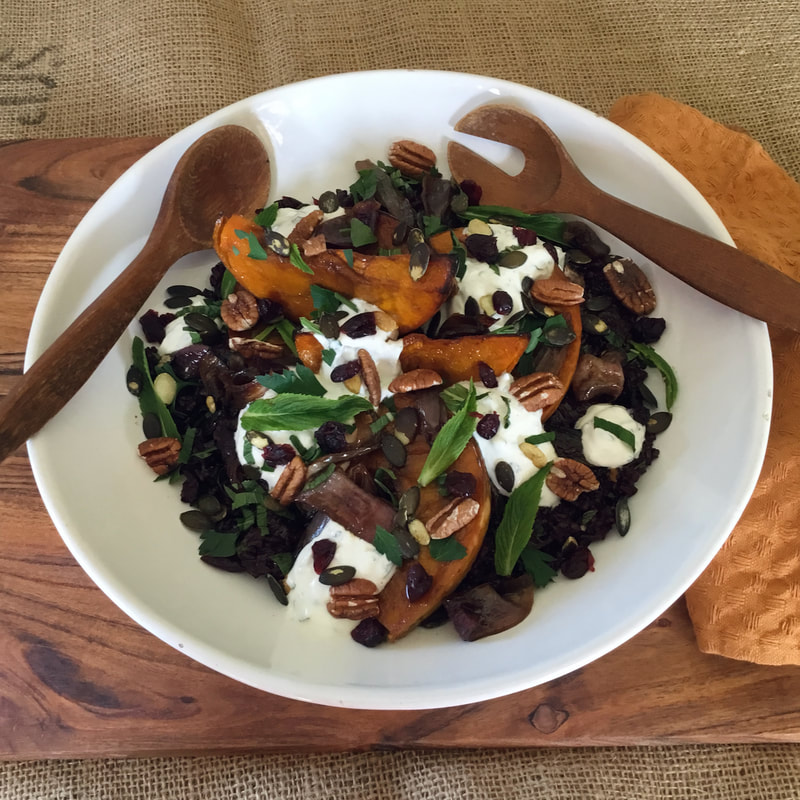|
Risotto is a classic crowd pleaser, but I think in recent years it's been wrongly tainted with the ‘difficult’ brush. We've seen it break aspiring supercooks on reality shows, and judges on these shows talk solemnly about the ‘risotto curse’, advising contestants to think carefully before attempting it.
But honestly, if you're not serving it at a fine dining restaurant, getting the consistency of a risotto exactly right just doesn't matter or affect the enjoyment of it at all. I'm of the firm opinion that a good-enough risotto is still utterly delicious. The babysitting that cooking a risotto requires is a different story - when it comes to mid-week dinners most of us are after more of a set-and-forget recipe. What if you could skip the stovetop stirring, pass most of the work to your oven and still produce a delicious risotto? Our ‘cheat's’ risotto is just that. It's been well and truly tested and tweaked. Hands-on time is just 15 minutes! It requires a small number of ingredients, yet the flavour is nuanced and delicious. All you need is a lemon, a few sprigs of rosemary and a little parmesan. Enjoy it as a stand-alone dish or use it as an accompaniment to the main event. We hope you love this creamy, luxurious feeling classic with a shortcut twist!
0 Comments
“I miss my mother’s rajma” one of our regular customers lamented a while back while scooping kidney beans into a bag. We nodded sagely for a second then dropped the pretence that we knew what he was talking about. We realised there was a very good chance that he was talking about a delicious dish made by his Northern Indian mum, and that if we played our cards right he might share the recipe with us.
“Rajma” he said dreamily. “It’s a curry made with kidney beans . But it’s so much more than that. It can’t be explained. You just have to taste it”. He didn’t know his mother’s exact recipe but he pointed us in the right direction. Suzanne was on the case, and by the end of the week had produced a pot of Rajma. Not wanting to be left out, I made it the following day and we had a rajma-off. Suzanne won! How to explain rajma… it’s rich, bright, creamy sauce is reminiscent of butter chicken, and the kidney beans give it a comforting, velvety texture. It’s delicious, and we couldn’t wait to share it with you. Bánh xèo (translation: Sizzling Pancakes) are crispy, golden, thin-as-can-be savoury pancakes filled with a selection of umami-loaded prawns, tender poached chicken, crunchy sprouts, salad greens and fragrant herbs, then served with the classic Vietnamese dipping sauce, nước chấm.
Read that description to yourself again, then take a moment to absorb the words and all the promises they hold. Good, huh? And yet it still doesn't come close to describing the flavour experience this simple recipe delivers. This dish is all at once lively, sharp, crunchy, fresh, spicy, cooling, sweet, comforting and satisfying. When someone tries it for the first time, their reactions range from exclamations of “OMG. Why didn't I know about these and why isn't everyone everywhere eating them all the time?!” through to quietly weeping in joy and wonder. There are several elements to this dish and at first glance you might think it's too much work. And while it's not a 20 minute mid-week meal, it's actually not so much effort. The trick is this: if you're going to make it, make a lot. This recipe makes about 12 pancakes, which is great for 3-4 people. For 2 people, it's even better because the batter keeps for up to 5 days in the fridge. While you will want to use up the prawn filling on the first day, it takes 5 minutes to make a different filling when you go in for round two a day or two later. About the batter ingredients: Flour: traditionally these pancakes are made using rice flour only. I added wheat flour after reading up on different Bánh xèo techniques, because the consensus is that adding wheat flour makes for a more robust pancake, less prone to tearing. The crispiness comes from it being mostly rice flour. Egg: I add an egg to my batter, again in the interest of increased robustness. You don't have to. Many don't. But you'll need to be delicate with your flipping skills. Resting: Some Bánh xèo recipes instruct you to rest the batter for 3 hours or even overnight. I went rogue and didn't do this. I found that the 45 mins of resting I gave it between mixing the batter and preparing my fillings was sufficient. The next day I made more pancakes with the leftover batter, and I didn't see any marked difference. Mung beans: note that I don't include mung beans in my recipe. They're a traditional filling in a lot of Bánh xèo recipes. I'd like to tell you that I omit them due to a strong or informed opinion, but honestly it's just that I can't be bothered. The dish is perfect as is, and why boil mung beans on top of the other fillings that need to be prepared if you don't have to? My stovetop is busy enough. Let's get cooking! Does the thought of preparing a huge holiday feast for your friends, family and loved ones fill you with Christmas spirit? Nope, me either. It often means hours - days even - in the kitchen. It means endless trips to crowded shops for essential ingredients. Even the planning can be overwhelming. Just a simple christmas lunch still equates to several dishes, each containing a lot of different elements. All of those starters, mains, sides & desserts have accompaniments, garnishes and sauces. And we haven’t even discussed drinks yet!
I’m going to share one of my hot tips when it comes to Christmas cooking: You can cheat on the big stuff if you do one or two little things from scratch. Outsource that ham and roast turkey! Call the deli tomorrow and tell them you’ll swing by on Christmas eve to pick up a couple of their cracking salads. Choose the already cooked prawns from the local seafood vendor. And treat yourself to a carton of pre-made custard. Nobody will notice, because they’ll be so impressed when you casually let slip that you made the cranberry sauce. The delicious, vibrant cranberry sauce that costs you 3 ingredients, 20 minutes and zero perspiration. You don’t even need to fork out for fresh cranberries because this recipe calls for dried. It also calls for an orange, but honestly you can leave it out if you’re orange-less. Same goes for the cinnamon. Seriously, if you have a good handful of cranberries on hand and a bit of tap water, you can make an excellent cranberry sauce. You can even make it a week or so before it’s needed. And if you make a little extra, pop it in a jar in the fridge and you have a lovely little gift on hand for someone. We love this dish at Halloween because of the rich, vibrant orange of the roasted pumpkin nestled alongside the deep purple of the rice. (Black rice is purple when cooked!)
This recipe works just as well as a cold salad as it does when eaten warm, so leave it up to the weather and mood as to how you choose to enjoy it. Something to note about black rice: it's rather sticky in nature, so don't expect your usual rice salad consistency, where the grains are separate and dry. Black rice, with its glorious clumpy stickiness, is a different eating experience altogether, and it's what makes it so yummy. |
Categories
All
Archives
January 2024
|






 RSS Feed
RSS Feed